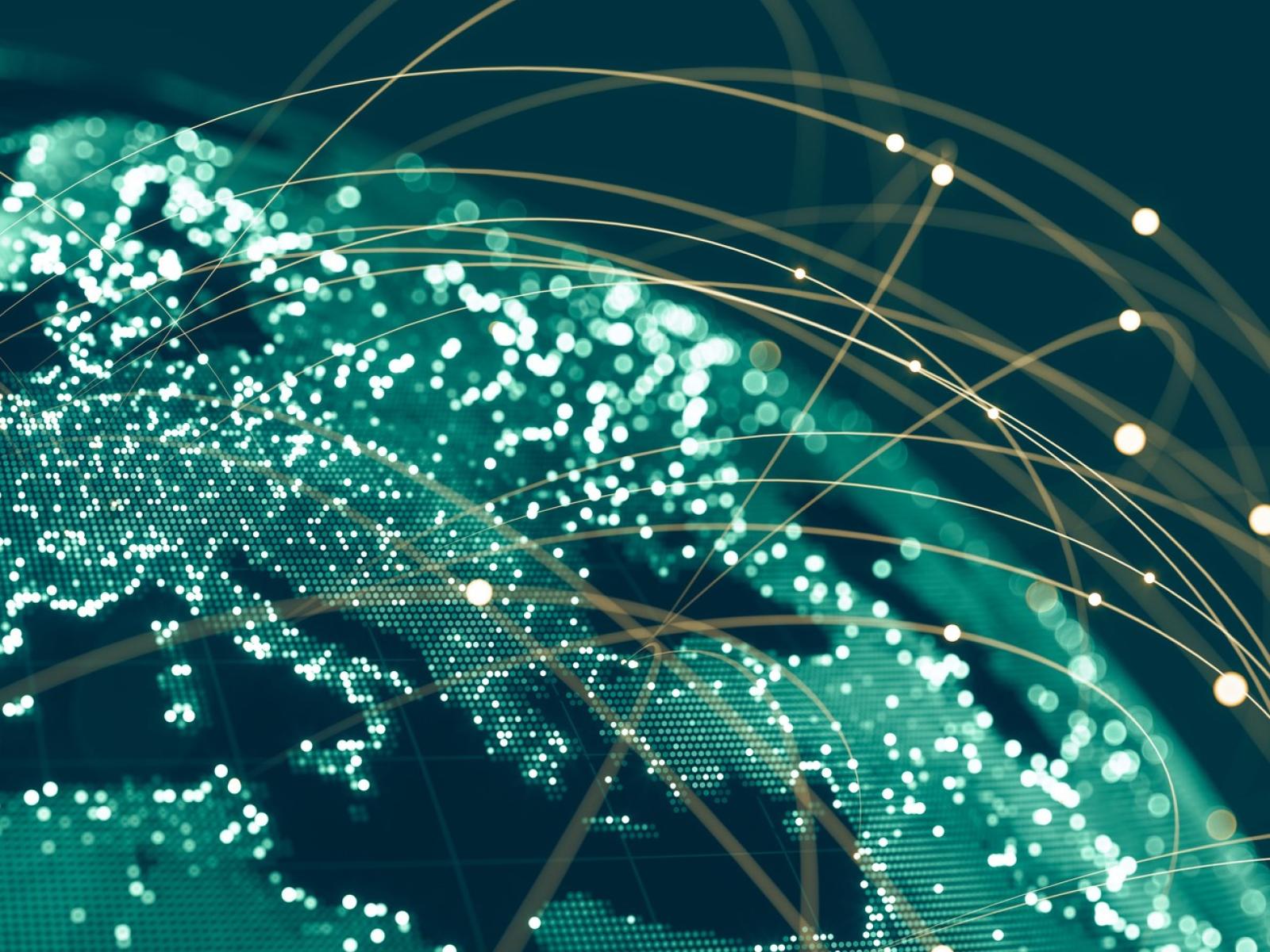Trade analytics for global trade security

Global merchandise trade has grown at an extraordinary rate over the last 40 years and continues to rise. With that growth, global supply chains have become more complex. Risks of illegal trade, such as the spread of weapons of mass disruption and evasion of sanctions, have expanded dramatically along with it.
To support strategic trade control and global security, Pacific Northwest National Laboratory (PNNL) has developed advanced capabilities in trade data analytics to help better detect and counter illicit trade. These capabilities are leading the way in putting data analysis and data science at the forefront of practical strategic trade control implementation.
Through multiple sources, PNNL has amassed, integrated, and cross-correlated terabytes of global trade, enhancing data to create a meaningful database for analysis. Having these databases on a dedicated local server enables analysts at PNNL to conduct novel examinations quickly and effectively as needed to gain insight.
Aggregation and metrics are two key concepts PNNL analysts use to make sense of global trade data. Trade data starts at the transactional level with records of individual shipments identifying commodities, shippers, recipients, routes, values, weights, and more. Statistical trade data aggregates total amounts of trade between countries or entities over a period, and metrics—such as market shares, competitive advantages, and growth rates—are calculated based on these statistics . In fact, PNNL has developed novel trade metrics, such as Proliferation Trade Risk, to identify proliferation-significant trade flows.